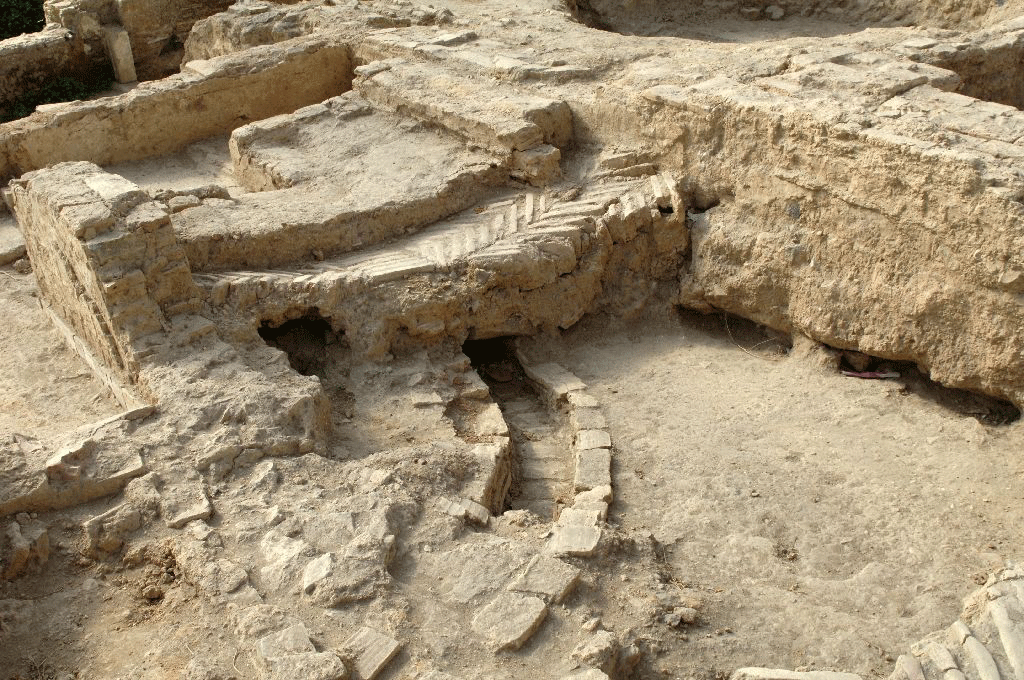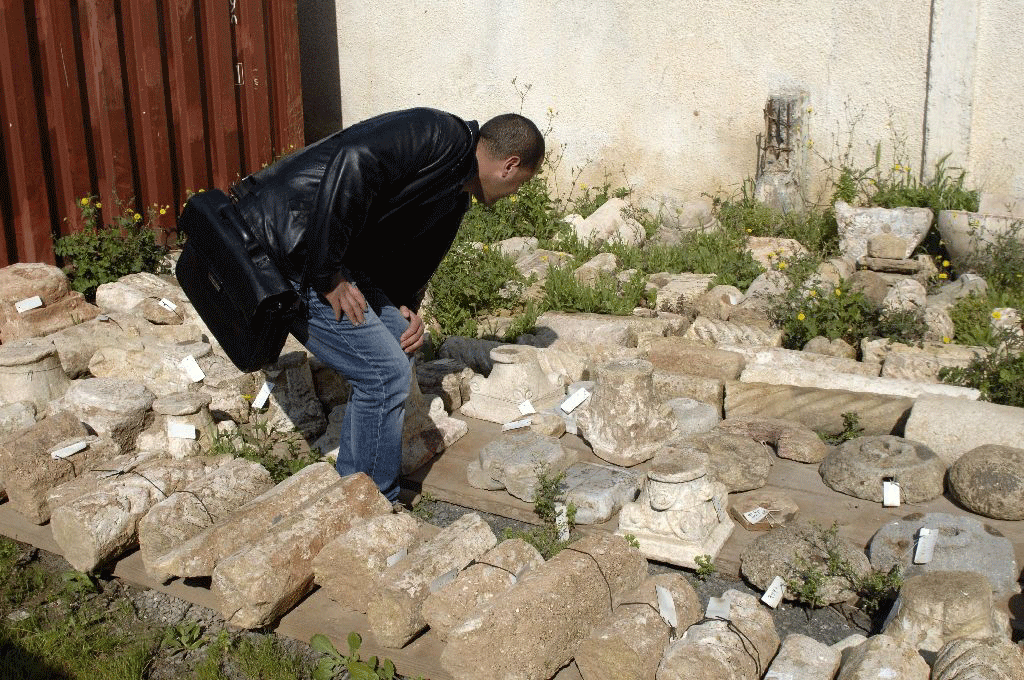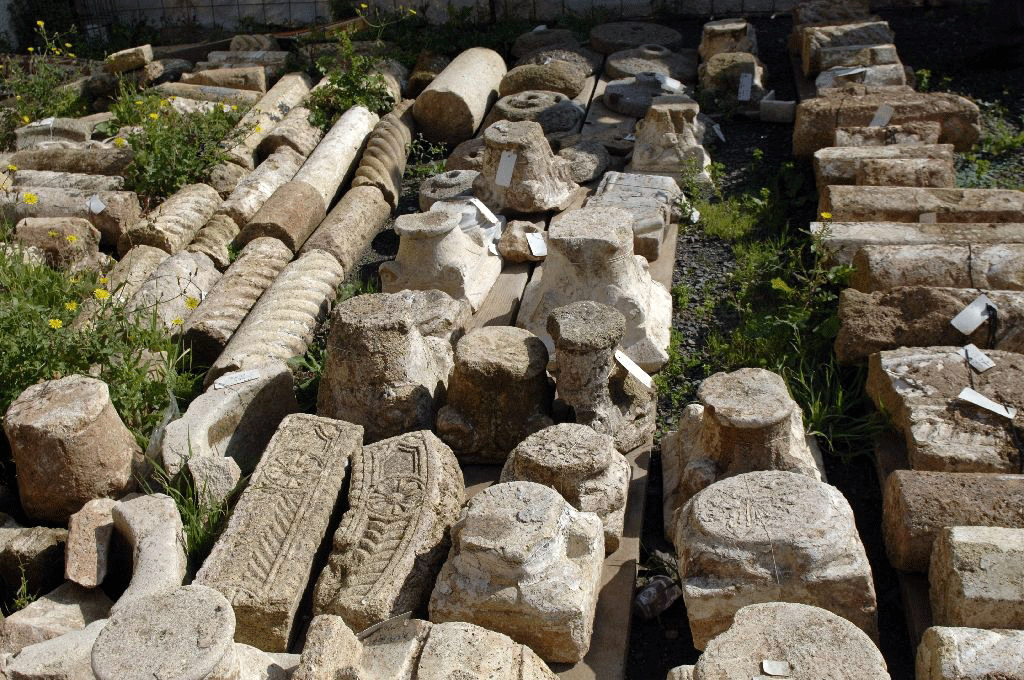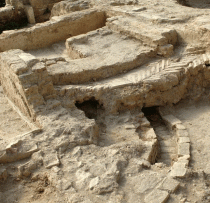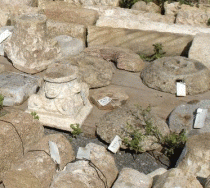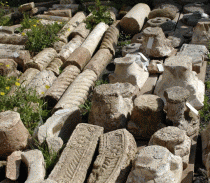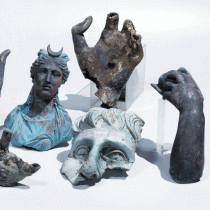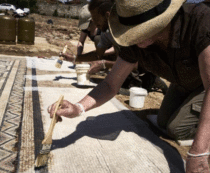An archaeological site discovered during metro works in Algiers, which has yielded valuable findings from a 2,000-year period, will host a museum. The site is close to the UNESCO-listed kasbah in the Algerian capital and was found during a survey for the creation of a metro line and station in 2009. Since then archaeologists have unearthed numerous findings from the city’s Roman, Byzantine, Ottoman and French periods.
Among the valuable discoveries are coins, weapons, a public building with 5th century mosaics and a 7th century Byzantine necropolis, parts of the Es Sayida mosque which was flattened by French authorities in 1831.
The site is at the centre of Algiers, where a square is located. It is the site where the Es Sayida mosque was located initially and after it was demolished the colonial government created the square called King’s Square. When the country won its independence in 1962 it was renamed Martyrs Square.
The site, where the metro line and station were to be constructed, covers an area of 3,000 sqare metres. Authorities decided that the metro plans should be adapted so that the significant findings can be preserved and displayed. According to archaeologist Kamel Stiti, co-director of the excavations, it is the first time such a decision is taken by the authorities.
The metro line will pass around the findings and the station will be smaller so that a museum can be incorporated into the station. The station is due to open in November and the museum shortly afterwards.
The museum displays will be showcased chronologically, while some of the remains will be displayed at a depth of over seven metres. This way visitors will be able to embrace the whole history of the site over the 2,000-year period, as Stiti said.
Young Algerian archaeologists have had the opportunity to work at the site, since more than 150 people of different nationalities and specialization have participated in the excavation, also working on public holidays and weekends so as not to delay the metro line and station construction.
The National Archaeological Research Centre (CNRA) and France’s National Institute for Preventive Archaeological Research (INRAP) have been working on the dig since 2013.
